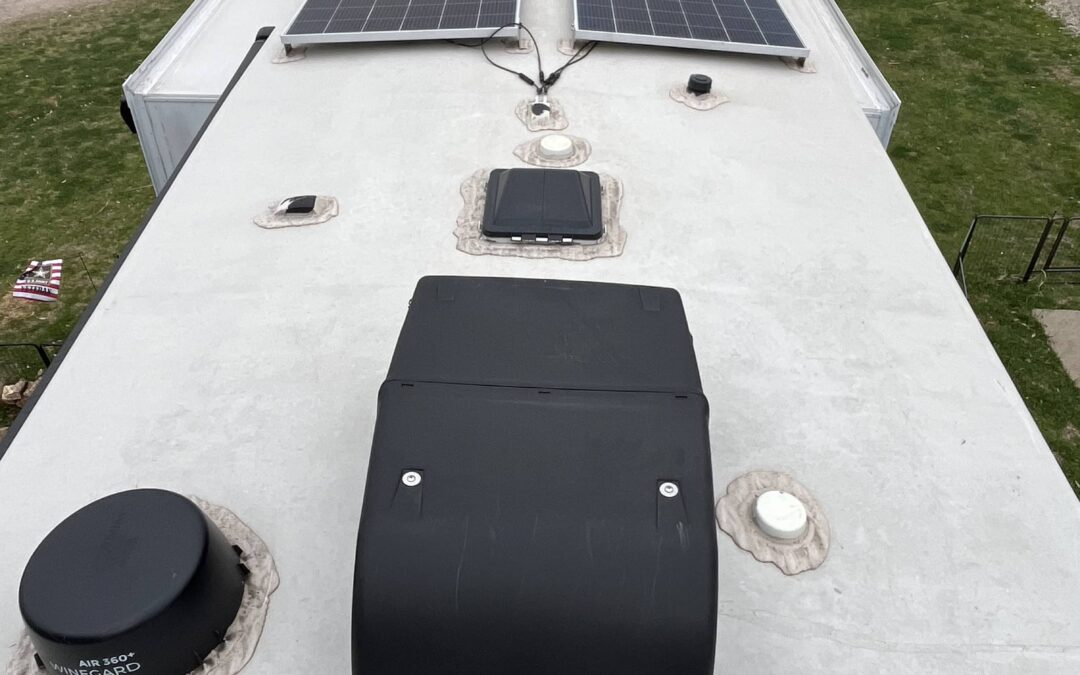Maintaining the roof of your recreational vehicle (RV) is crucial for ensuring a safe and comfortable journey wherever you roam. The roof of an RV is constantly exposed to the elements, from the scorching sun to heavy rain, and without proper care, it can quickly become a source of problems. Here’s a comprehensive guide to help you keep your RV’s roof in top condition.
Understanding Your RV Roof
Before you begin any maintenance, it’s important to understand what type of roof your RV has. The most common materials used for RV roofs are rubber (either TPO or EPDM), fiberglass, or aluminum. Each material has its own set of maintenance requirements and best practices. For example, rubber roofs are prone to oxidation and can benefit from regular treatment with a UV protectant, while fiberglass roofs may require more frequent inspections for stress cracks. Check your owner’s manual or call the manufacturer to determine your roof type.
Regular Cleaning
The first step in RV roof maintenance is regular cleaning, three to four times a year. Debris like leaves, twigs, and dirt can accumulate on the roof, leading to mold, mildew, and even leaks if not removed. Use a soft-bristle brush and a cleaner that’s appropriate for your roof material to gently clean the surface. Avoid harsh chemicals or abrasive tools that can damage the roof. Never use any cleaners or conditioners that contain petroleum solvents. After cleaning the roof rinse the sides, front and back of your RV to prevent streaking or damage to the finish.
Inspection and Repairs
Inspect your RV’s roof every time you clean it for any signs of damage, such as cracks, tears, or holes. Pay special attention to the seams, edges, and around installations like vents and air conditioning units. If you find any issues, address them promptly with the appropriate sealant or repair material recommended by the manufacturer. Water will take the path of least resistance and if there is the smallest opening it will find it.
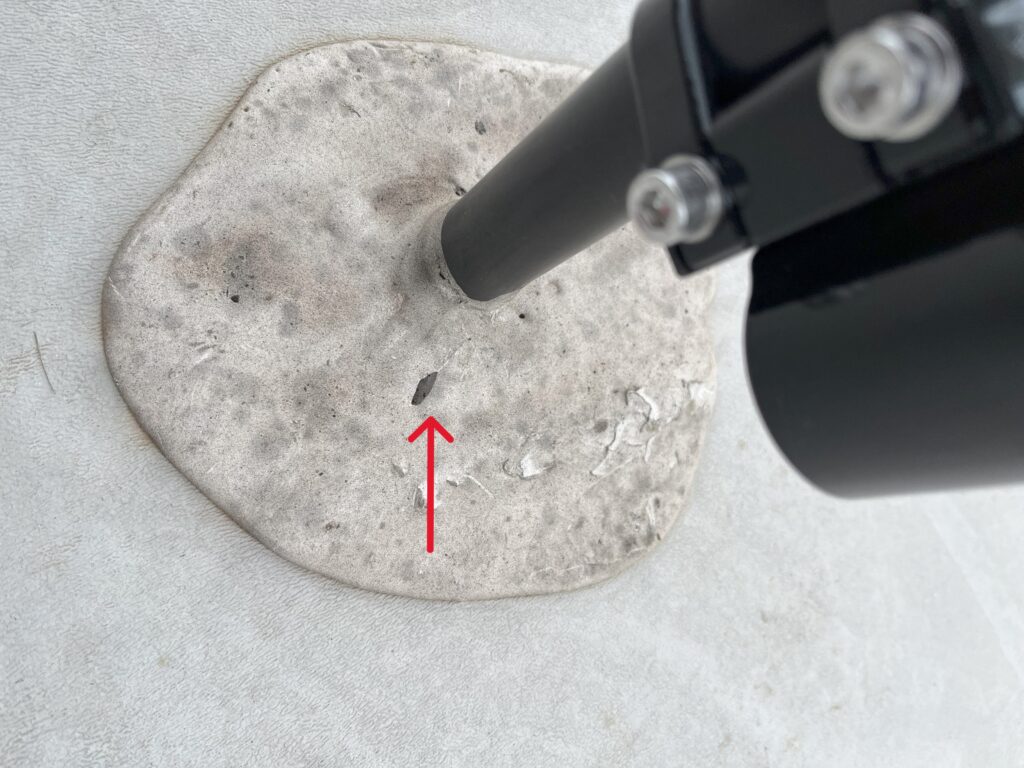
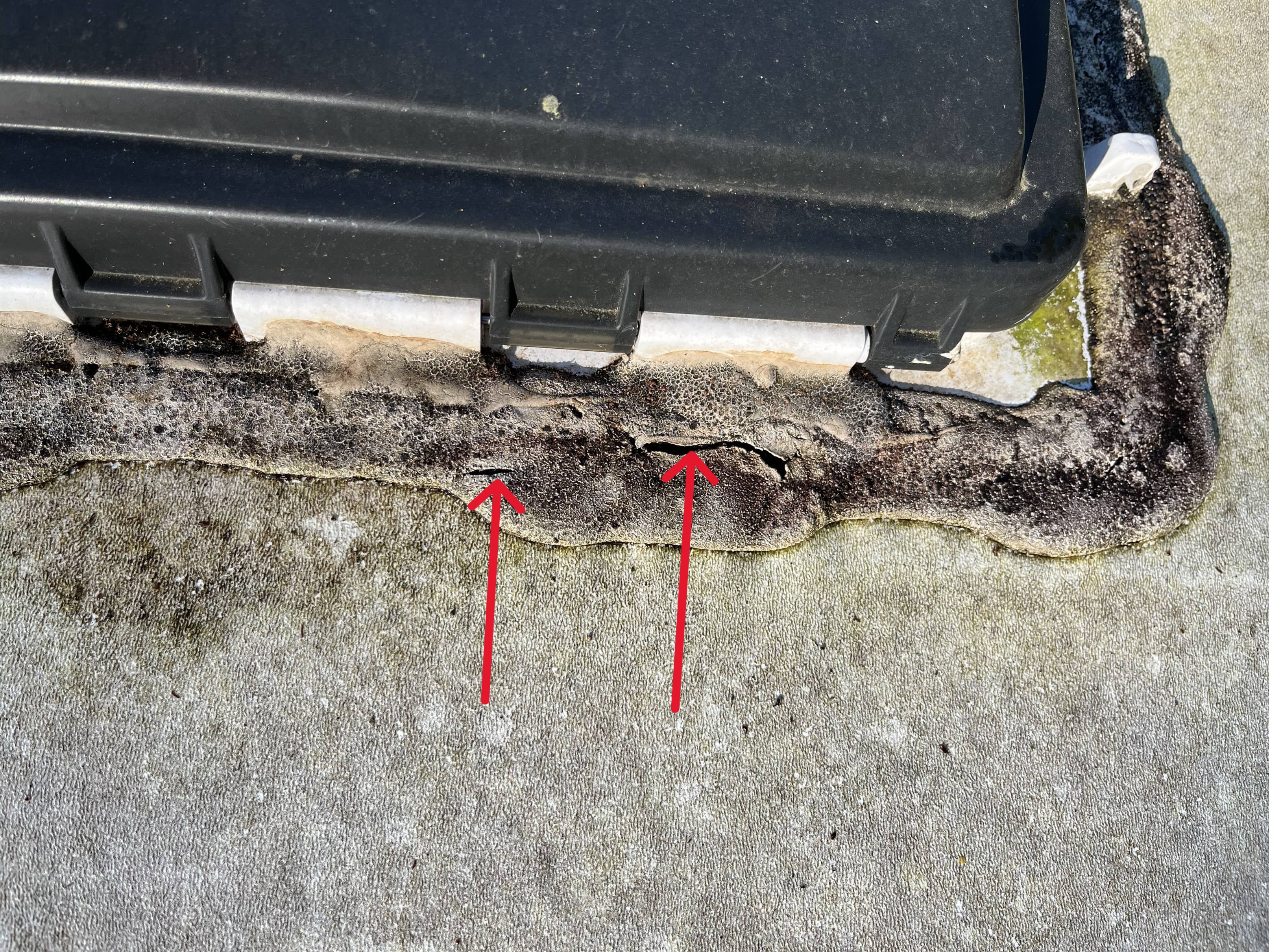
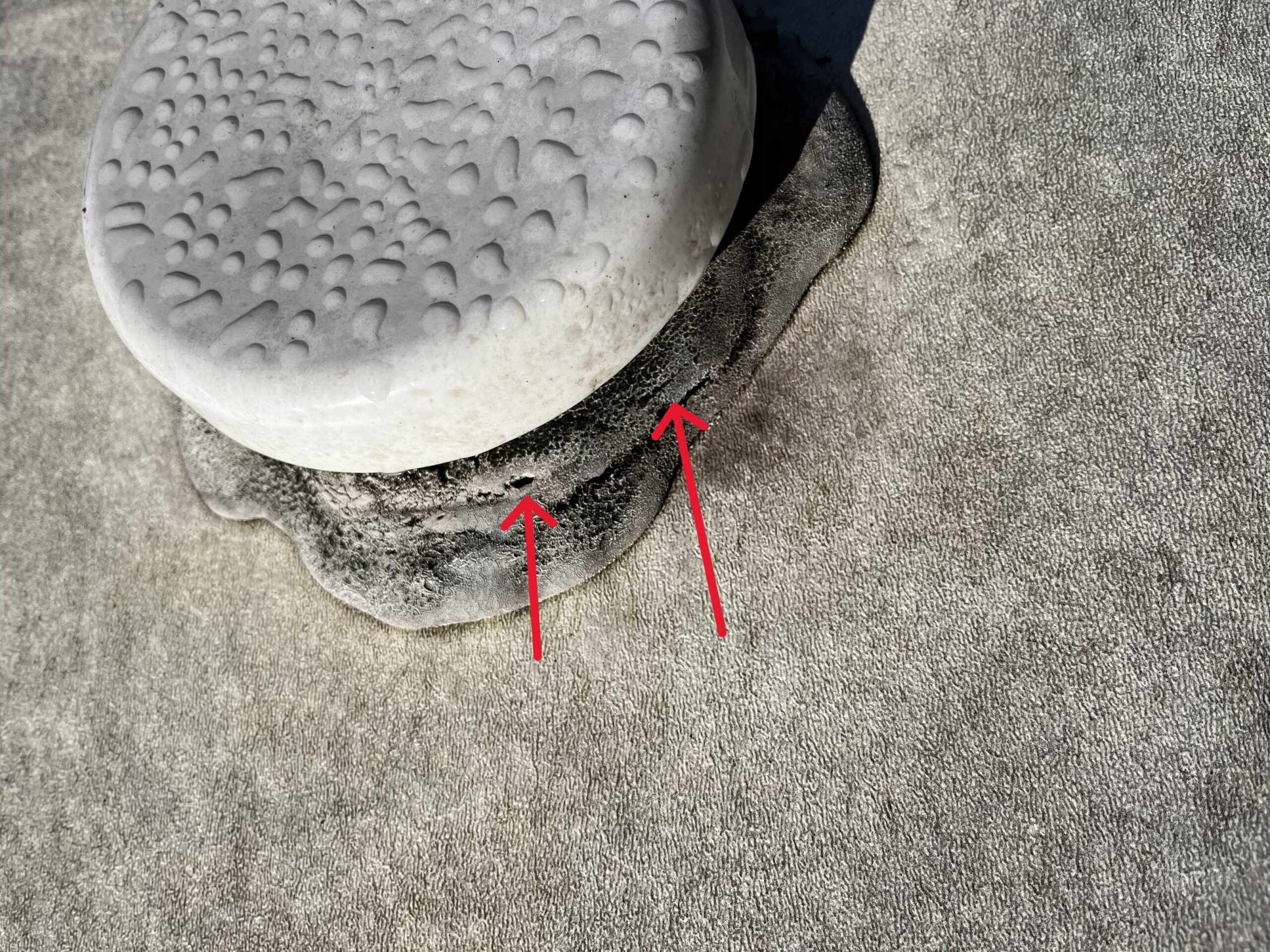

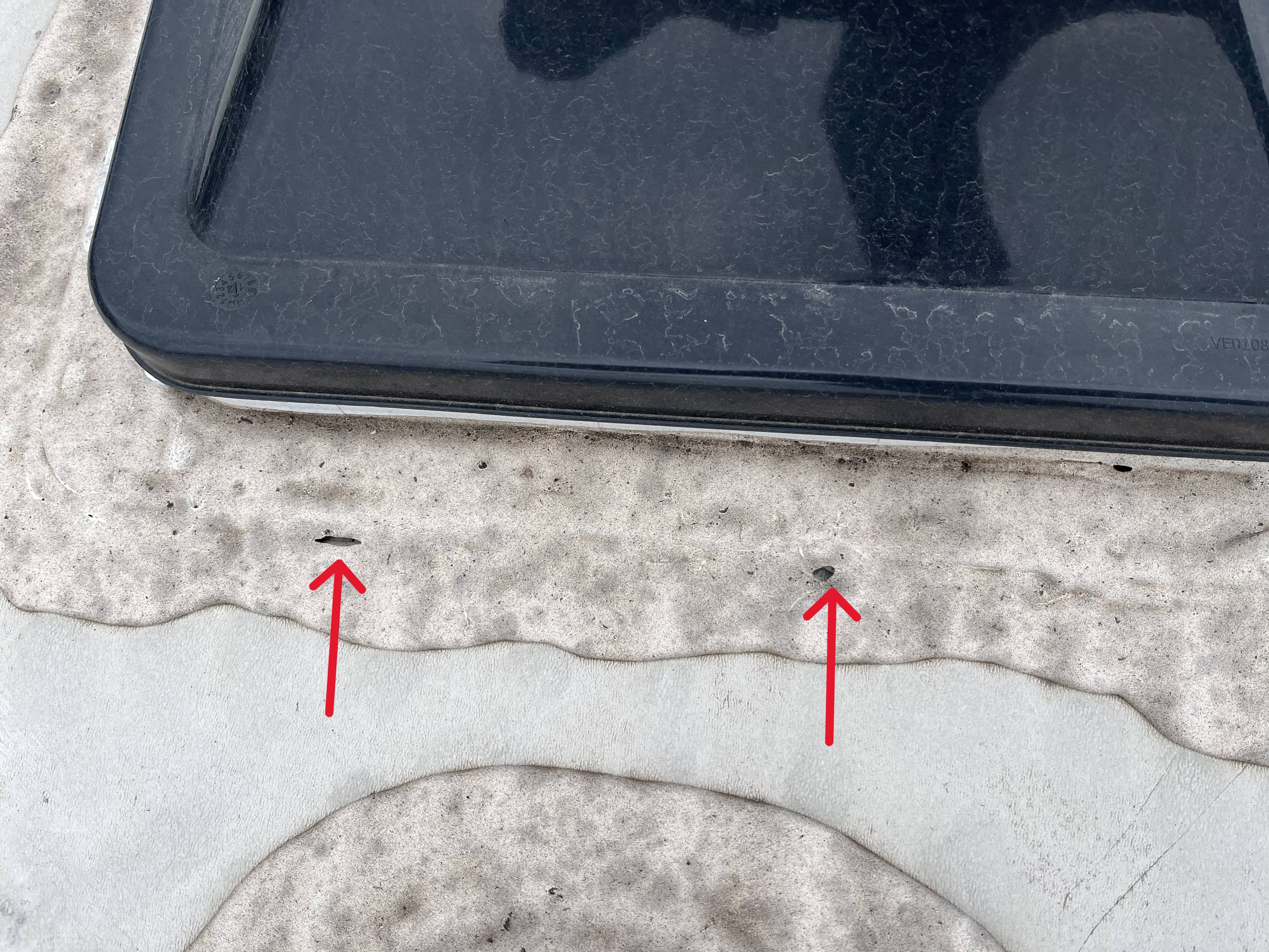
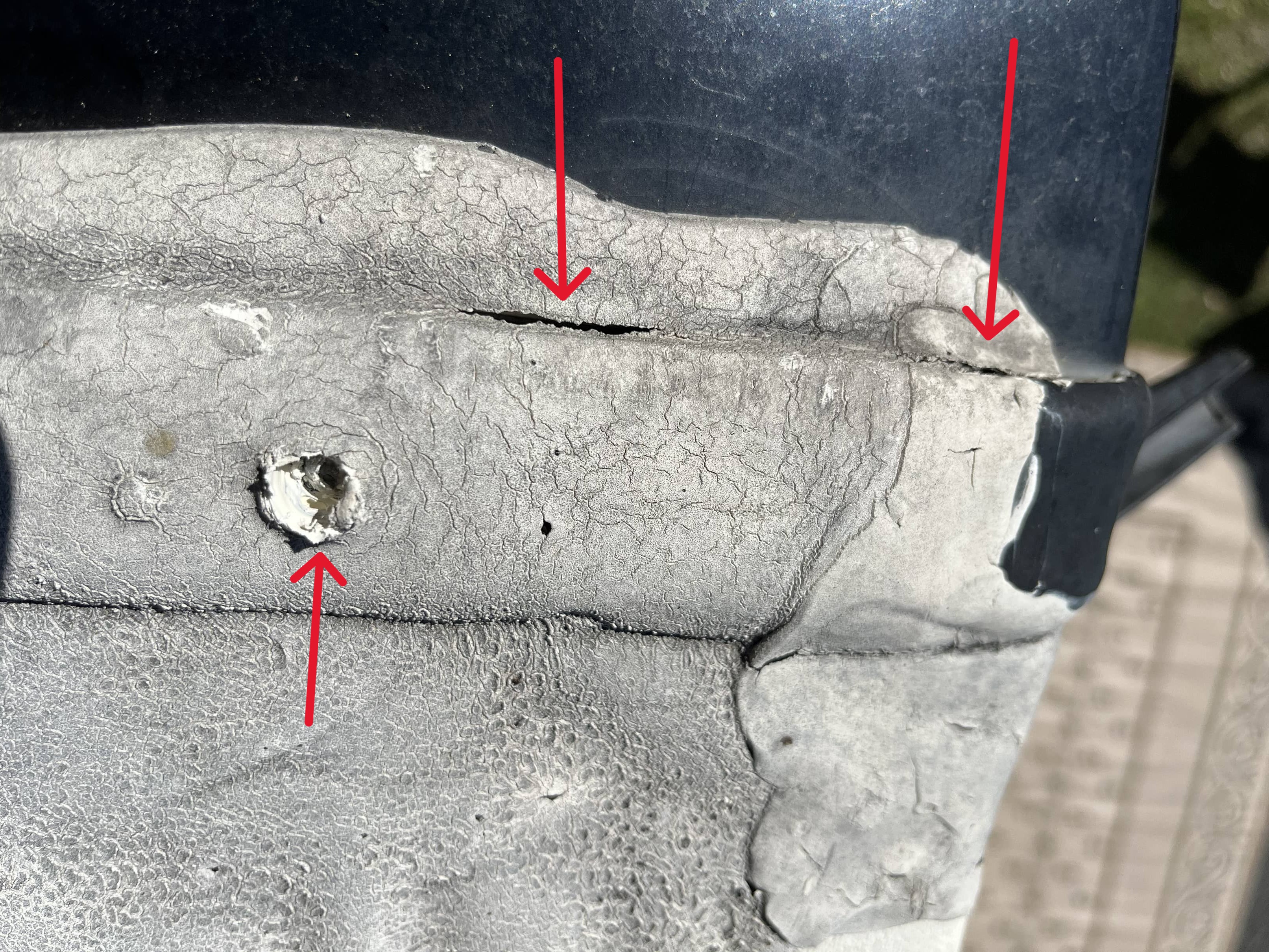
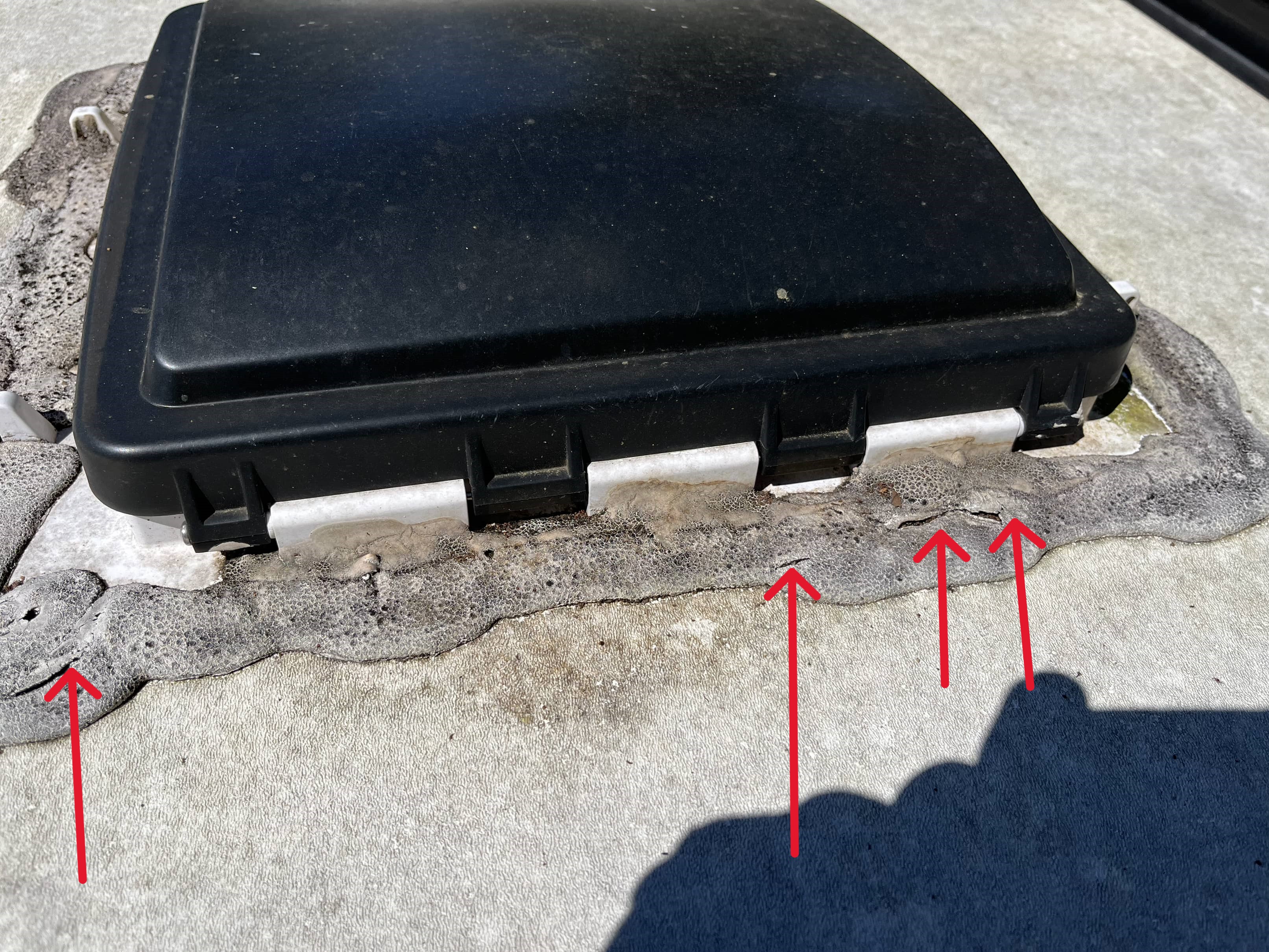
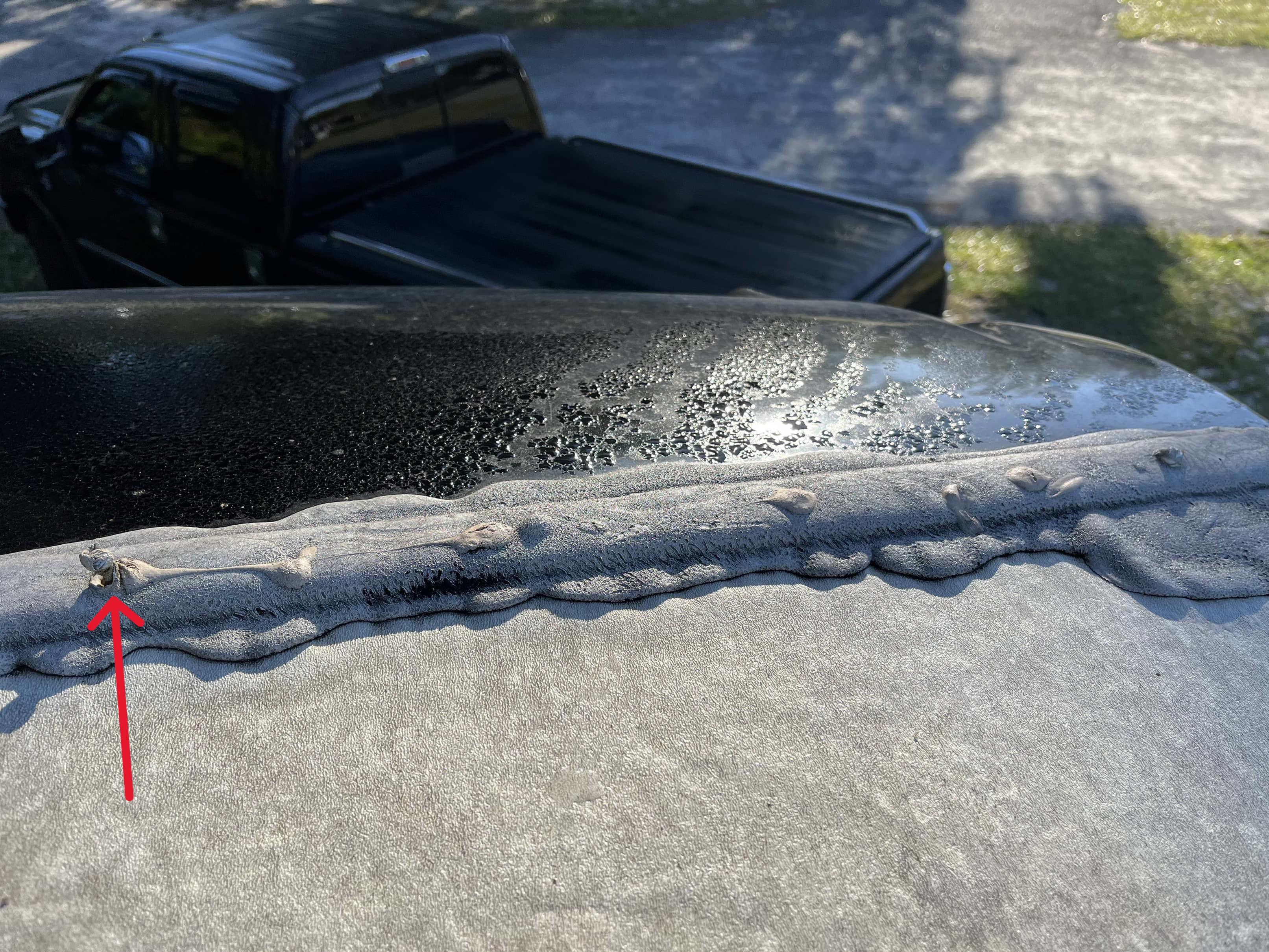
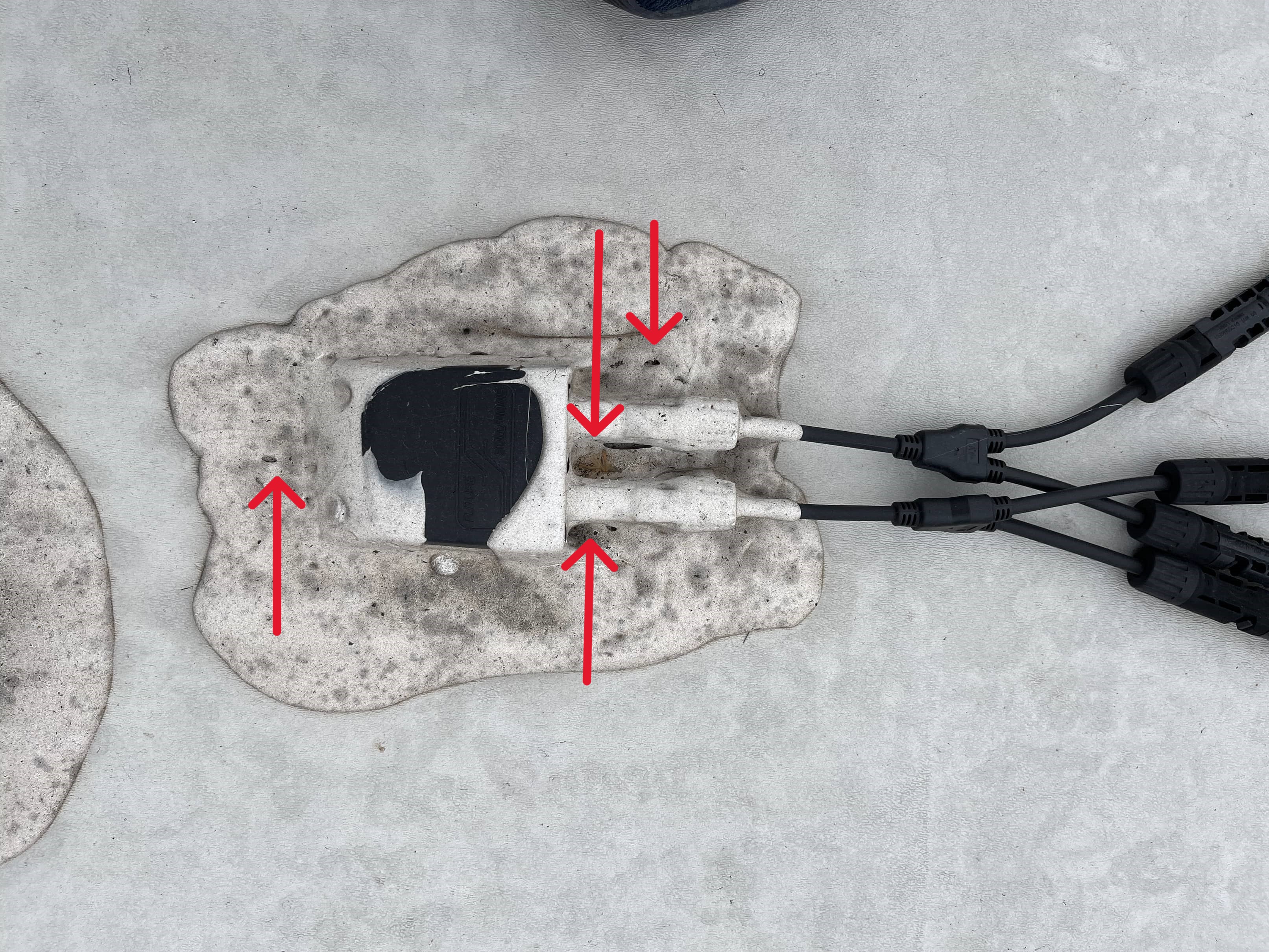
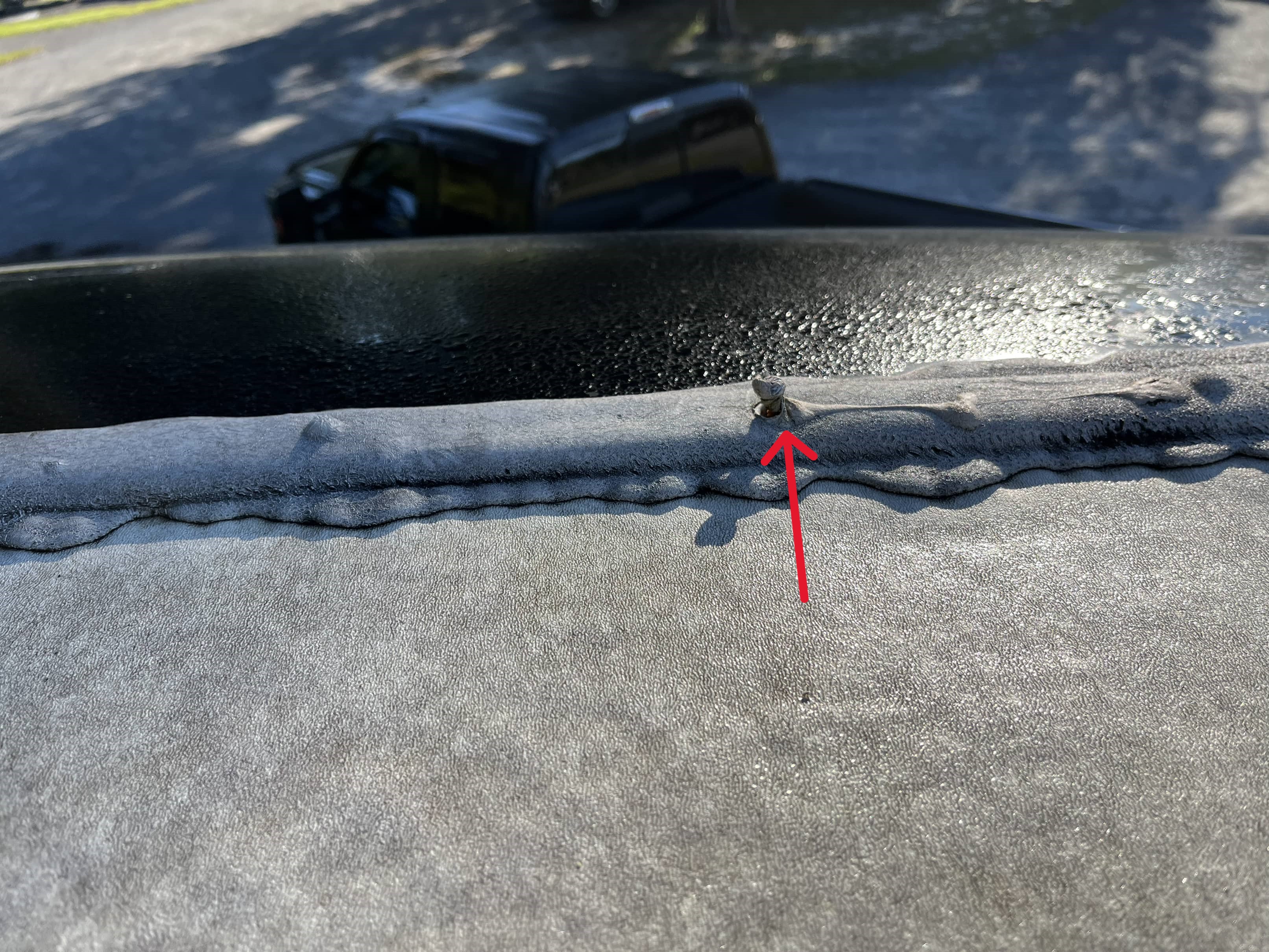
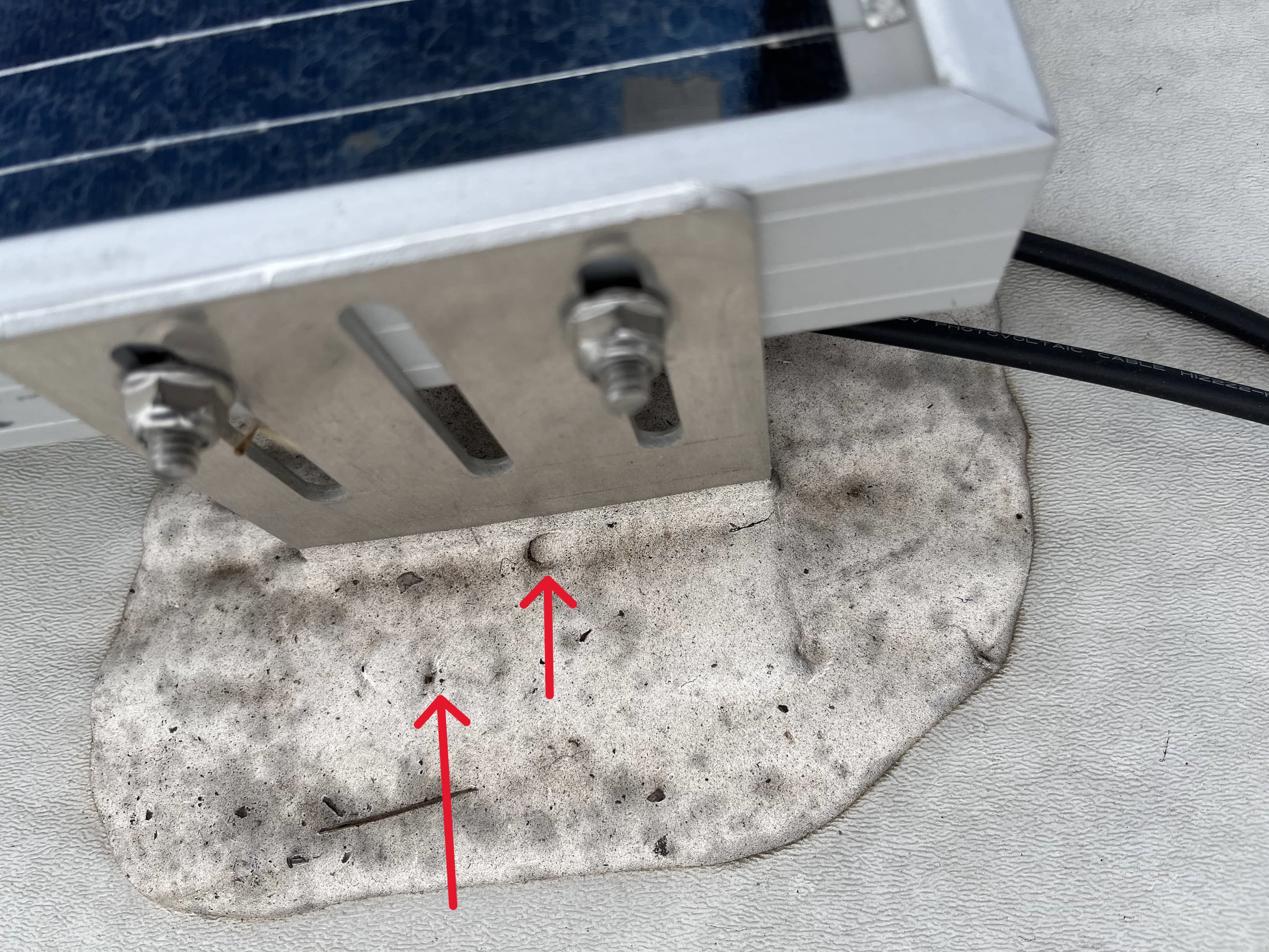
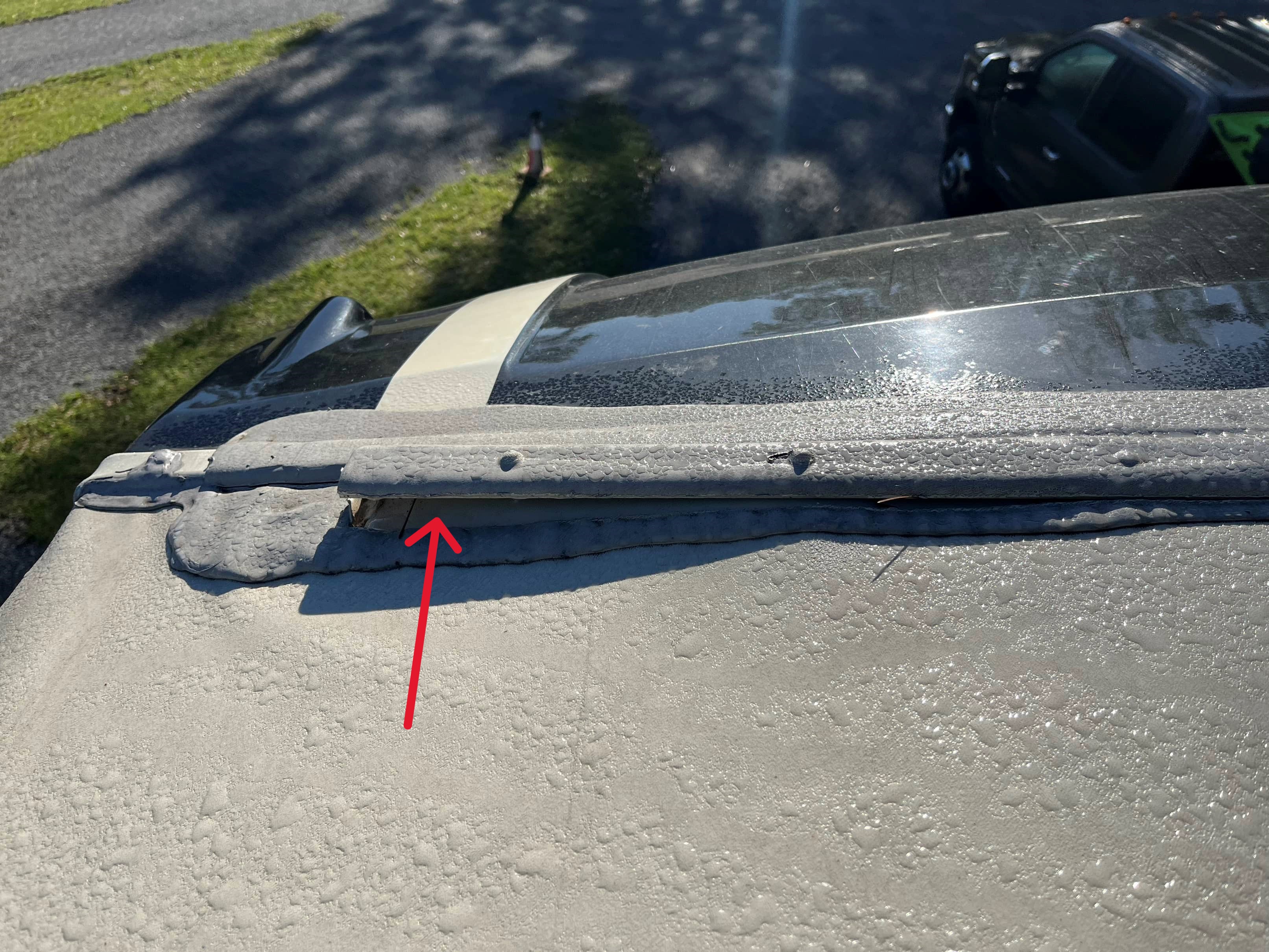
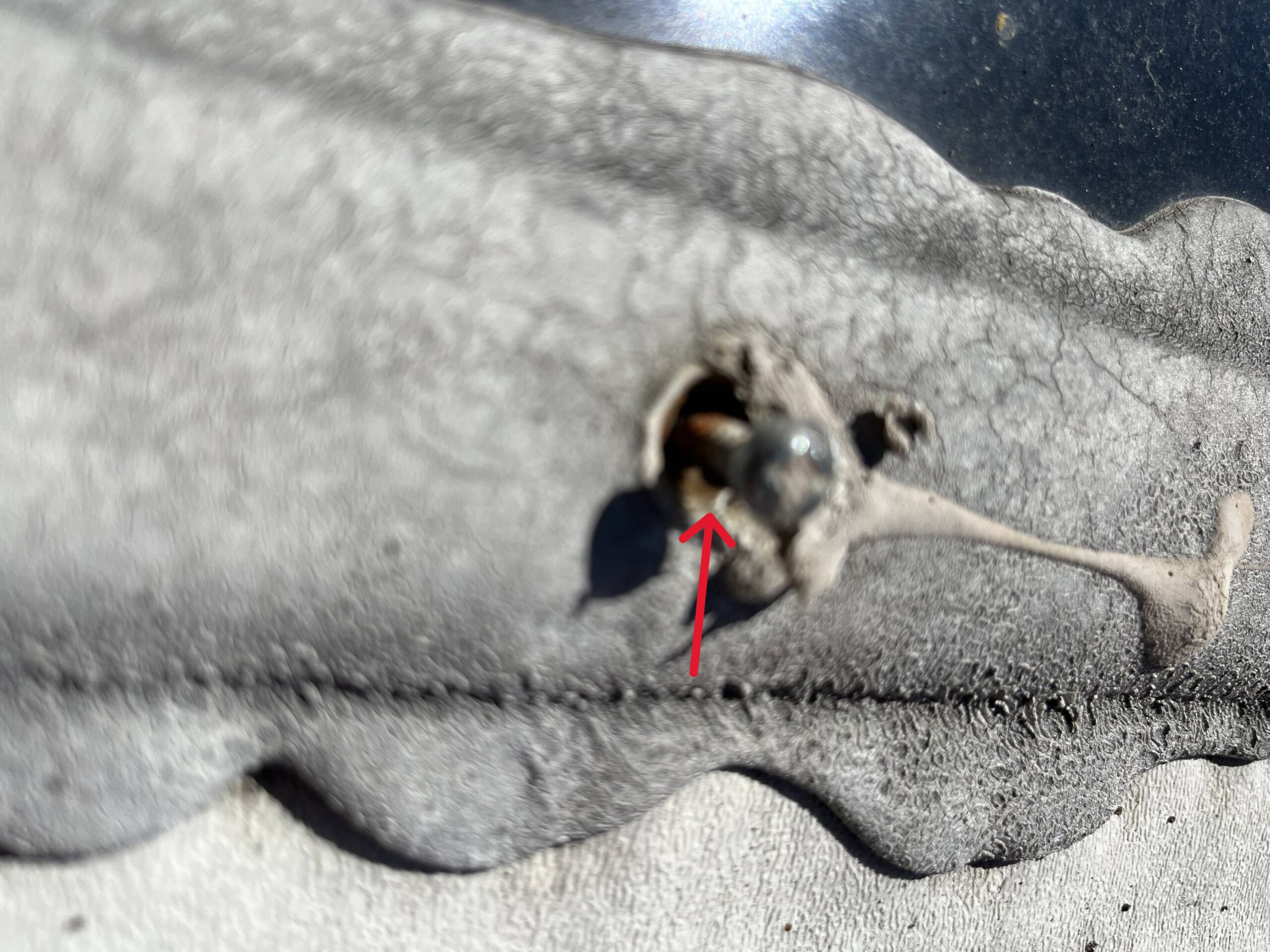
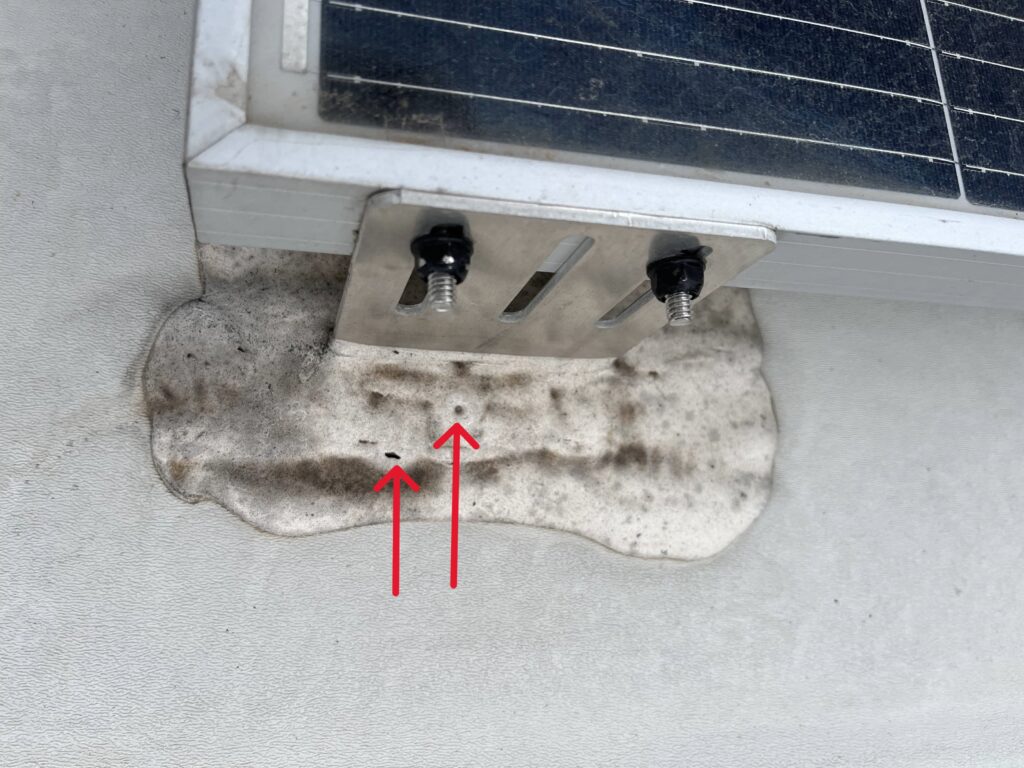
Sealant Application
Applying a sealant is an essential part of RV roof maintenance. It helps prevent water from seeping into the RV and causing damage. Make sure to use a sealant compatible with your roof material and follow the manufacturer’s instructions for application. This typically involves cleaning the area thoroughly, applying the sealant, and allowing it to cure for the recommended time.
Preventative Measures
Preventative measures can go a long way in extending the life of your RV’s roof. Covering your RV when it’s not in use can protect the roof from UV damage and reduce the need for cleaning. Additionally, parking in shaded areas can minimize exposure to the sun and heat, which can cause materials to degrade faster.
Professional Inspection
While regular self-inspection is important, having a professional inspect your RV’s roof periodically can help catch issues that you might miss. A professional can provide a thorough assessment and perform any necessary maintenance tasks that might be beyond your comfort level.
By following these guidelines, you can ensure that your RV’s roof remains in good condition, protecting your investment and allowing you to enjoy your travels without worry. Remember, regular maintenance is key to preventing costly repairs down the line. Safe travels!
#lastingmemoriesrv

